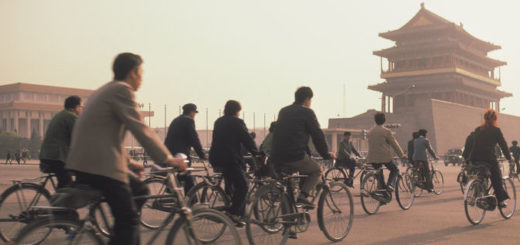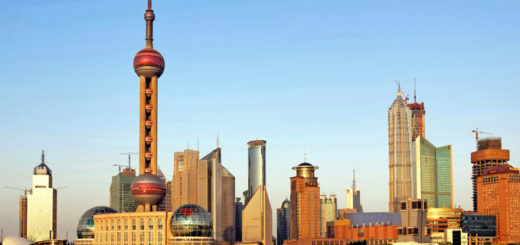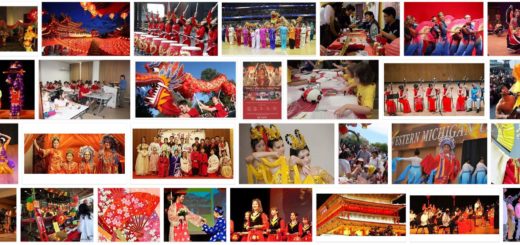Imperial Garden Near Beijing (World Heritage)
The summer palace of the emperors with its palaces and temples, pavilions and pagodas is a masterpiece of garden art and the largest and best preserved garden complex in China. The outstanding elements include the Seventeen Arch Bridge, the “Hear the Oriole House” and the “Pavilion of Buddhist Fragrances”. Partly destroyed in the 19th century, the complex was extensively restored by the Dowager Empress Cixi.
Imperial Garden near Beijing: Facts
| Official title: | Imperial Garden (so-called Summer Palace) near Beijing |
| Cultural monument: | actually »Garden of Harmonious Unity«, but better known as »Summer Palace«; the largest and best preserved gardens in China, including with the Seventeen Arch Bridge, the “Hear the Oriole House”, the “Pavilion of Buddhist Fragrance”, the “Garden of Virtue and Harmony”, the “Hall of Exhilaration” and the “Hall of Joy and Longevity « |
| Continent: | Asia |
| Country: | China |
| Location: | on the “Mountain of Long Life” (Wan Shou Shan), northwest of downtown Beijing |
| Appointment: | 1998 |
| Meaning: | a masterpiece of Chinese landscape and garden architecture combined with a natural hilly landscape |
Imperial Garden near Beijing: History
| 1153 | Construction began at the time of the Jin Dynasty |
| 1750 | Building the “Sea of Perfect Wisdom” |
| 1764 | Completion of the work at the time of the Qing Dynasty; Use of the facility as an imperial summer residence |
| 1860 | Destruction by English and French troops |
| 1888 | reconstruction |
| 1900-01 | Destruction during the Boxer Rebellion |
| 1903 | rebuilding again |
| 1924 | public access to the “Summer Palace” |
| since 1949 | repeated restoration |
A retirement home for the empress widow
The “Summer Palace” is particularly beautiful in winter when the heart of the garden, Kunming Lake, is frozen over and numerous skaters skilfully skate their laps on its ice. Very fine snow dusts the colorful pavilions and evergreen trees of the park like powdered sugar and transforms the “Garden of Harmonious Unity” into a magical world. In summer, on the other hand, so many tourists flock to the hilly terrain, which is decorated with traditional Chinese houses, bridges and temples, that one can hardly enjoy the much-vaunted unity of nature and architecture in contemplation and inner contemplation.
As early as the middle of the twelfth century, an emperor had the idea of fleeing the hot Beijing summer into the countryside. Ten kilometers northwest of the center, where there were small bodies of water and hills, he then had his summer residence built. Subsequent rulers expanded the area, even enlarged the lake, which is now called Kunming Hu. According to historyaah, Qianlong, the famous emperor of the Qing dynasty, had the area redesigned for his mother’s 60th birthday in 1751 and called the park the »Garden of Pure Water«.
However, in the second half of the 19th century, English and French troops not only destroyed this gem of Chinese architecture, but also more than a dozen other nearby pleasure gardens. The intruders wanted to humiliate the Middle Kingdom and did a great job: Hardly a stone was left unturned, and after this act of arbitrariness the park was a desert of ruins for almost three decades, until Cixi, the notorious Dowager Empress, found it again as a retirement home and renamed the “Summer Palace” in Yihe Yuan, “Garden of Harmonious Unity”. The former concubine, who determined the fate of the country for almost five decades, is said to have used tax funds for her project that were actually intended for the urgently needed modernization of the Chinese navy.
On the shores of Kunming Lake, the only ship that has ever been built by these funds intended for the fleet can be viewed: the marble imitation of a paddle steamer, a graceful motif that tourists from all over the world love to photograph. Three years after the Boxer Rebellion, the gardens were restored, so that you can still walk in the footsteps of Cixi when you stroll around the area: the numerous villas and halls on the park area house 3,000 rooms, including the private rooms of Cixi on the north shore of the lake. “Hall of Joy and Longevity” is the name of her residence, where she mostly stayed from May to October. Not far from this residential complex is the »Garden of Virtue and Harmony«, whose tallest building served as a theater and was equipped with three stages one above the other. During the performances, which often lasted several days, the Empress Dowager sat in the “Hall of Amusement”, which is opposite the theater. Probably the most famous construction of the “Summer Palace” is a 728-meter-long covered walkway that runs along the shores of Kunming Lake and is painted with 8,000 historical and mythological scenes as well as landscapes: an outdoor art gallery.
Anyone who takes the effort to climb the “mountain of longevity” has the best view of the entire garden from the 41-meter-high “pavilion of Buddhist fragrance”. The lake lined with lotus blossoms, mountains blurred in the mist, gently curved bridges and graceful pagodas – this panorama, which is reminiscent of Chinese painting, was also appreciated by the Dowager Empress. It is said that she made an effort to get to the top from time to time – despite her uncomfortable Manchurian clogs, which made the ascent a “wobbly game”.



